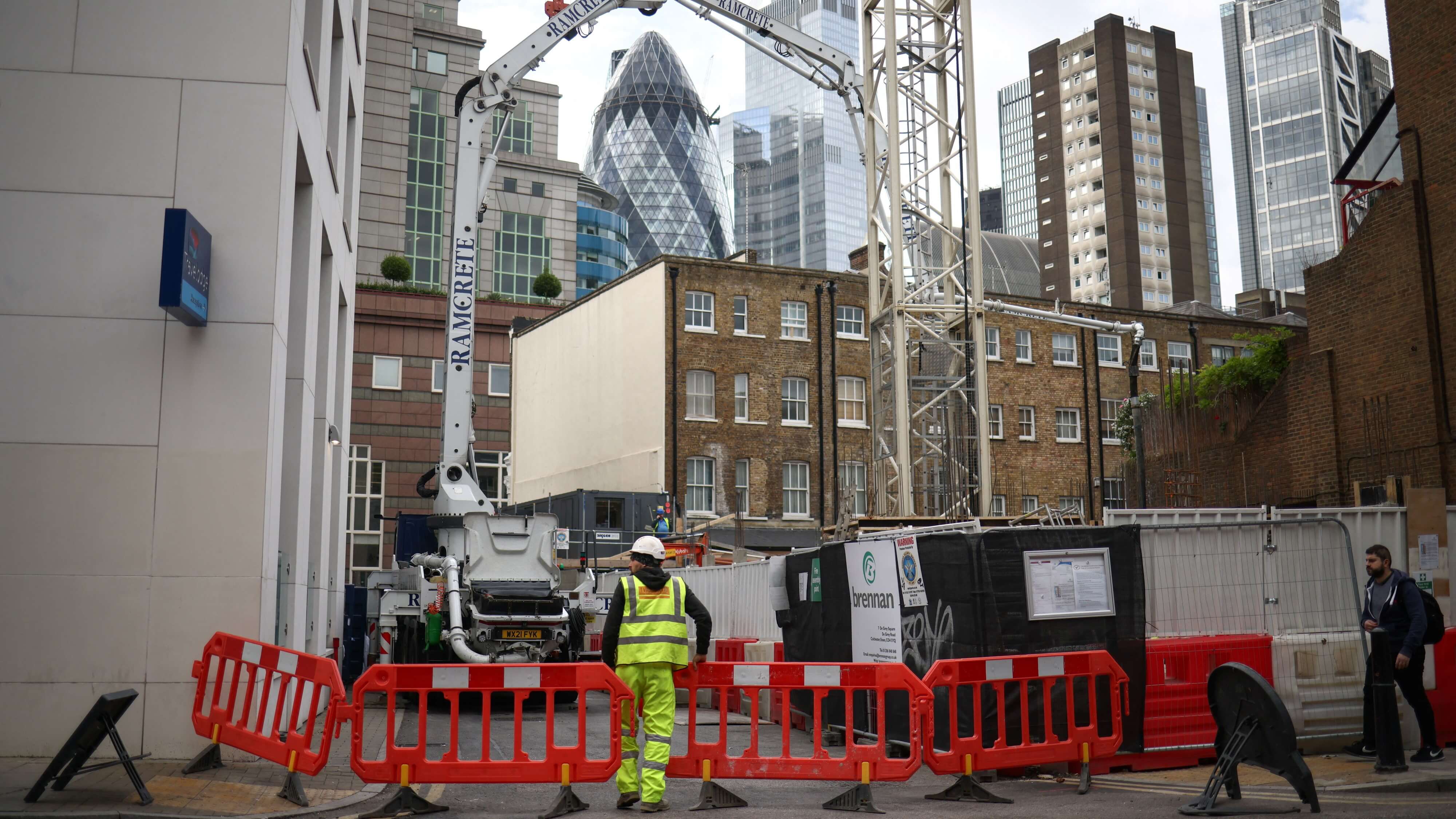AR and VR technology is changing the world, particularly for organisations prepared to move beyond traditional approaches.
Virtual And Augmented Reality in Construction
AR and VR technology is changing the world, particularly for organisations prepared to move beyond traditional approaches.

As an industry which relies so heavily on a human workforce, some view the construction industry as being reluctant to embrace advancements in technology.
Seeking to change outdated perceptions, ISG, the global construction services company, demonstrates that cutting-edge technology plays an important role at every stage of the delivery process, most recently finding new uses for Virtual Reality (VR) and Augmented Reality (AR) in construction.
The key is identifying existing technology or indeed creating new processes and applications that enhance efficiencies and productivity, create safer working environments and help simplify the complexities of construction so the industry is more accessible, accountable and attractive to a millennial workforce.
Creating a safer working environment
Aircraft pilots have learnt how to fly under simulated conditions for years to refine their skills before entering the potentially dangerous environment in which they operate. Similarities can be drawn with the construction sector.
Rather than personnel simply learning on site, ISG is exploring uses for VR for pre-site inductions, identifying key areas of risk in a virtual and safe space.
By creating simulated site scenarios, employees can experience immersive, hands-on training before stepping foot on site. Training can be tailored for all construction activities and through real-time visualisation technology, operatives will only be site inducted once the training has been successfully completed to an exacting competence level.
In addition to its uses in training, VR also can also serve as an invaluable tool for health and safety awareness. Much like a hazard perception test in a driving examination, employees can walk around the virtual site to familiarise themselves with fire exits, facilities and the layout of the building at any phase in the construction programme.
Picturing the finished product
Bridging the divide between technical documentation and the finished product has always been a challenge for non-specialists within the construction industry.
The architect’s fly through and 3D model started the process of democratising the complexities of the construction process so that non-specialists could visualise what a building or space would look like, but VR and real-time visualisation technology have moved this forward considerably.
ISG has developed an in-house app that not only provides rich, life-like renders of completed projects, but enables individuals or groups to walk through and interact with the space in an infinite number of ways.
This is a highly important consideration given the differing roles of key decision makers involved from the client side on construction projects – ranging from HR to IT personnel, as well as the core traditional client roles. The construction industry must find a way to effectively communicate with all of these functions clearly and concisely to ensure project expectations are understood and met from the outset.
It is here where, as an extension of the use of real-time technology, VR can not only play an effective role in communicating design changes, but also in demonstrating the impact of value engineering exercises on the completed scheme, as well as evaluating alternative solutions.
Before a contractor has stepped foot on site, design changes can happen in the virtual world and not in the physical space, where costs and time delays can quickly mount up.
While VR is particularly advantageous in the pre-construction stage, AR comes into its own once the project is underway. Using a smart phone or tablet, technical documentation or 3D models are overlaid and merged onto real-time images of the project (through a camera) as it stands on-site to offer a unique perspective. Combined realities, like these, prove to be a very powerful tool as images reveal and explain a site situation far better than words.
One of the company’s most recent investments is a laser scanner. Prior to wrapping up a project, the laser scanner is used to validate the design installation and gives the client and facilities team a permanent record of the building. Traditionally, this would have been accessible via desktop computer, but now it is transformed into an app for smartphone or tablet, enabling the user to access the data where it is needed most.
In the case of a failed light fitting, for example, the facilities team can use the app to ‘see’ the ceiling specification and maintenance information, allowing them to fix the problem without causing any unnecessary damage.
What’s next?
While the construction industry has taken great steps forward with the adoption of new technology, the future is dynamic with endless opportunities for those organisations embracing a non-traditional approach.
Simon Spink, Visualisation Manager at ISG, comments: “For the graduates coming through, technology has been a part of their every-day lives for as long as they can remember – why wouldn’t they want to exploit it to its full extent at work? They find it surprising that technology isn’t more widely used in the industry. It’s not that the industry is reluctant – change is happening, even if it isn’t rapid.”
“VR and AR are rapidly developing fields, with the technology moving at breakneck pace. ISG has already invested in devices such as the HTC Vive and we are exploring new ways to leverage the technology we have, but it’s important to keep an eye on the latest tech as it emerges. Only then can we remain at the cutting edge.”
Mark Norton, Head of BIM at ISG, added: “For technology to be successful, it must be intuitive. At ISG, we have the ‘two minute’ rule – if we can’t get to grips with how to use something in two minutes then it is no good to us. Nobody is going to use something if it doesn’t come naturally to them.
“Ideally, new technology should also be compatible with what people are already familiar with. This is one of the reasons why, where possible, we have opted for software which is compatible with smartphones, for example.”
“In terms of what’s next? Over the next five years robotics will play a bigger role. At the moment, these devices are manually operated, but it won’t be long before they are moving around sites independently.”
Thanks for signing up to Minutehack alerts.
Brilliant editorials heading your way soon.
Okay, Thanks!

